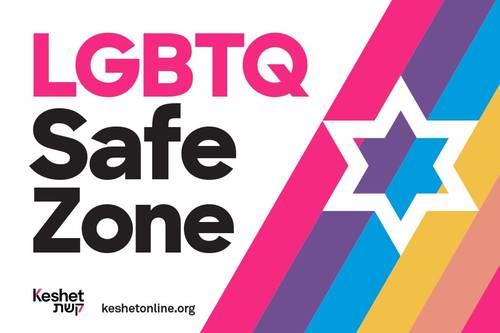Universal Design
To enable members and guests of all abilities to partake in Jewish life, our architect consulted with the Center for Inclusive Design and Environmental Access at the University at Buffalo. Our building was built to implement practices of Universal Design, features of which are explained at this link.
On February 4, 2024, Temple Beth Tzedek was recognized as the world's first sacred space built in compliance with the principles of Universal Design.
|
Our member, Ed Steinfeld, Director, Center for Inclusive Design and Environmental Access at the University at Buffalo; and Krista Macy, Designer at the Center for Inclusive Design and Environmental Access “Some examples of Universal Design include the signs throughout the Temple being in both English and Hebrew,” Steinfeld said. “We have a reading desk that can be adjusted in height without the use of electricity, so it can be used on the Shabbat." |
Other Universal Design features at the Temple include:
Buffalo News story, 2/12/2024 |
Thanks to Ezra Rich for most of the data on this page.




